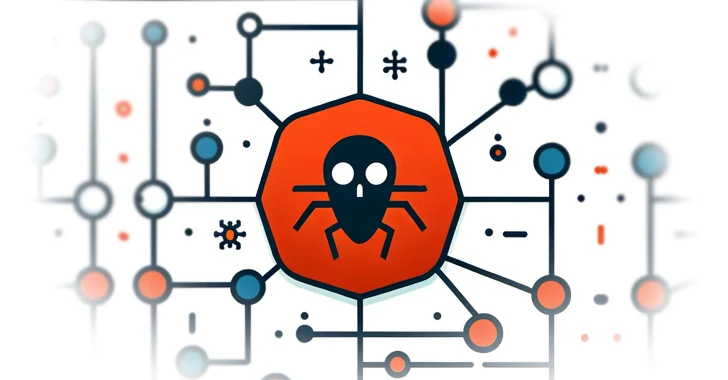Attackers could use the UPnP protocol exploit to bypass the DDoS mitigation solutions and to perform a heavy DDoS amplification attack. Imperva published a proof of concept (PoC) and the mitigations to be carried out for DDoS amplification attacks.
UPnP(Universal Plug and Play) works over UDP port 1900 that enabled by default on many IoT devices and it is always recommended to disabling UPnP due to a number of security concern over years. Business can estimate the cost and Probability of a DDoS Attack with DDoS downtime cost calculator.
During the attack, researchers noticed the packet was from unexpected source rather than UDP/1900 and after working with a number of possibilities they reproduced the attack by creating a PoC for a UPnP-integrated attack method that obfuscates the source details of the amplification payload.
Attackers can locate an open UPnP router with SSDP(Simple Service Discovery Protocol) through shodan scans, according to researchers the wide scan for “rootDesc.xml” yielded 1.3 million results. Which mean’s all the devices are not vulnerable, but attackers can locate the vulnerable routers easily.
Then in the next step attackers try accessing the XML file “rootDesc.xml” and modify the port forwarding rules to mask the source port of DDoS attack to be from random ports.
The PoC provided by Imperva shows attackers can use the UPnP devices to obfuscate the data from the source port of amplification payloads and it is not limited with DNS amplification also with SDP, DNS, and NTP attacks.
Researchers said, “With source IP and port information no longer serving as reliable filtering factors, the most likely answer is to perform deep packet inspection (DPI) to identify amplification payloads.”











